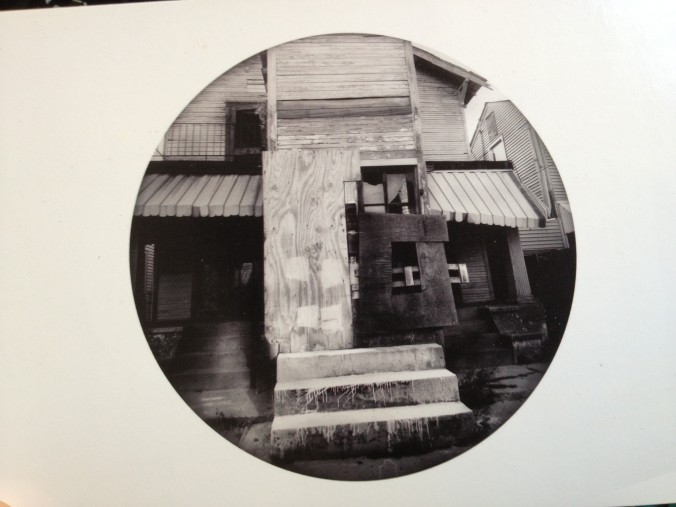Chorography (from χῶρος khōros; “place” + γράφειν graphein, “writing”) is a term deriving from the writings of the ancient geographer Pomponius Mela and Ptolemy, meaning the geographical description of regions. However, its resonances have varied at different times. Richard Helgerson states that “chorography defines itself by opposition to chronicle. It is the genre devoted to place, and chronicle is the genre devoted to time”. Darrell Rohl prefers a broad definition of “the representation of space or place”.
From Wikipedia
—
Disarchive# 03-04Location: 1100 North Prieur Street (6th Ward)Date(s): February 28, 2007Name(s): Herbert Preston (19)Notes: Gunshots to chest. Recently returned Katrina evacuee
“Someone was killed there.”
Deborah Luster: Tooth For an Eye: A Chorography of Violence in Orleans Parish
Deborah Luster is known for her lush black and white photographs that document the rituals and customs that surround the culture of the American South and in particular, Louisiana. Over the past decade, Luster has been making photographs that explore the effects of crime, punishment and violence in Louisiana. With Tooth For an Eye: A Chorography of Violence in Orleans Parish, Deborah Luster focuses her camera on an invisible population – people who exist only as a memory – homicide victims.


